Prompt Engineering
Clear and Specific Prompts
The clarity and specificity of your prompts directly correlate with the accuracy of generated results. When crafting prompts, consider including the following elements as needed:- Page section positioning and component placement
- Expected functionality and business logic
- Detailed layout and design requirements
Focus on Single Tasks and Pages
Large Language Models have limited attention mechanisms. When presenting multiple tasks simultaneously, the generated results may not meet expectations. We recommend decomposing complex requirements into focused, sequential executions. For optimal code quality, we highly recommend generating one page component at a time rather than requesting multiple pages in a single prompt. Poor example:Target Specific UI Components
When modifying specific elements that are difficult to describe verbally, use the Selector tool to precisely target them. After selecting an element, describe your modification intent directly in the input field:Chat Mode
For complex business logic, feature planning, or AI consultation, establish consensus through dialogue before implementing modifications. This prevents significant divergence between AI-generated code and expected functionality. Request interactive dialogue mode with:Minimize Context Dependencies
LLMs operate within limited context windows, and Readdy follows the same constraints. Each execution cannot retain communications and modifications from distant interactions. Provide specific requirements for each modification to avoid over-reliance on previous context. Poor example:Visual Style
Style Prompts
During page generation, the AI applies familiar layouts and design patterns by default. You can provide style-specific prompts to guide the AI toward more distinctive design implementations. Below are examples of stylistic prompt patterns and their visual outcomes.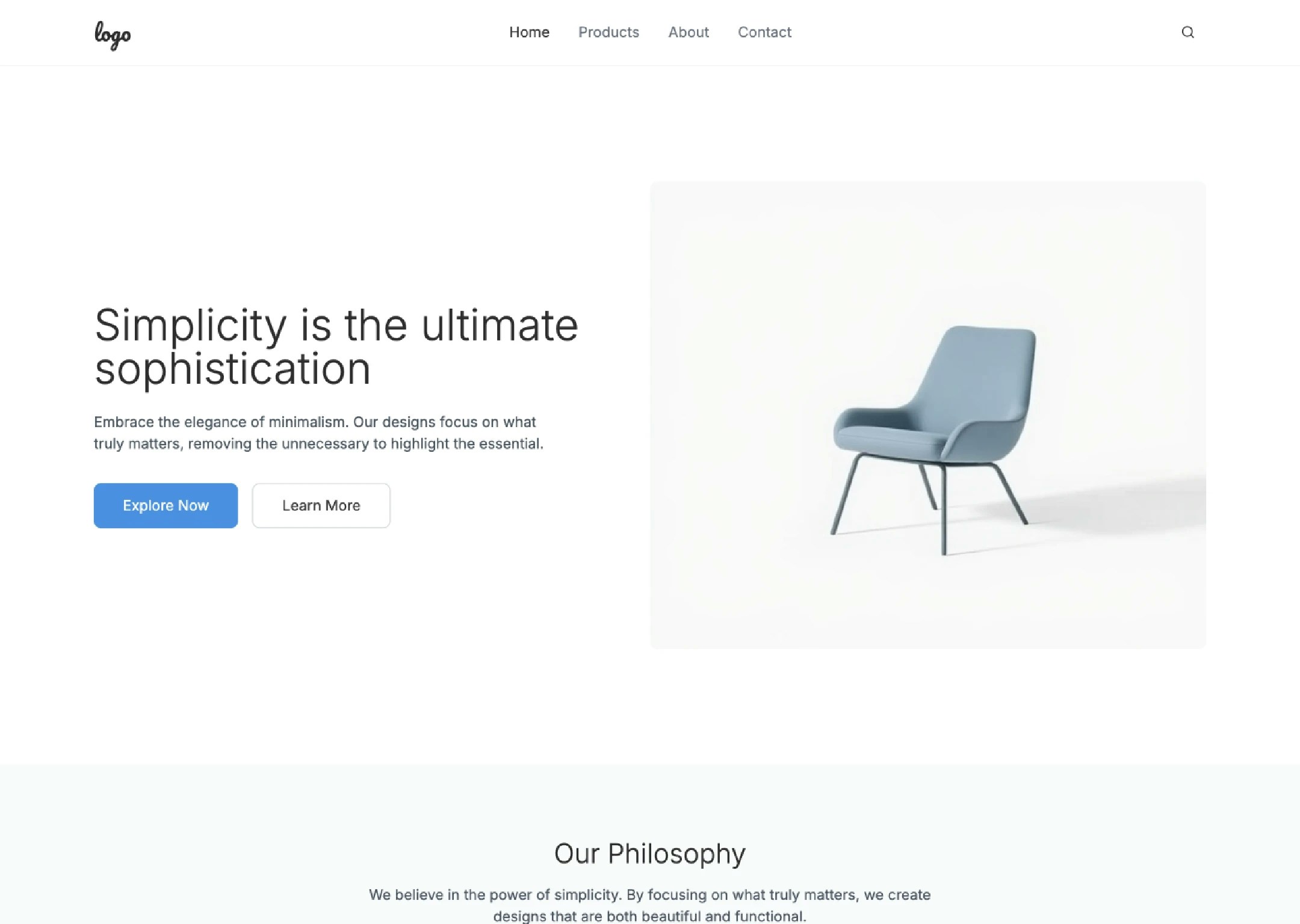
Minimalism
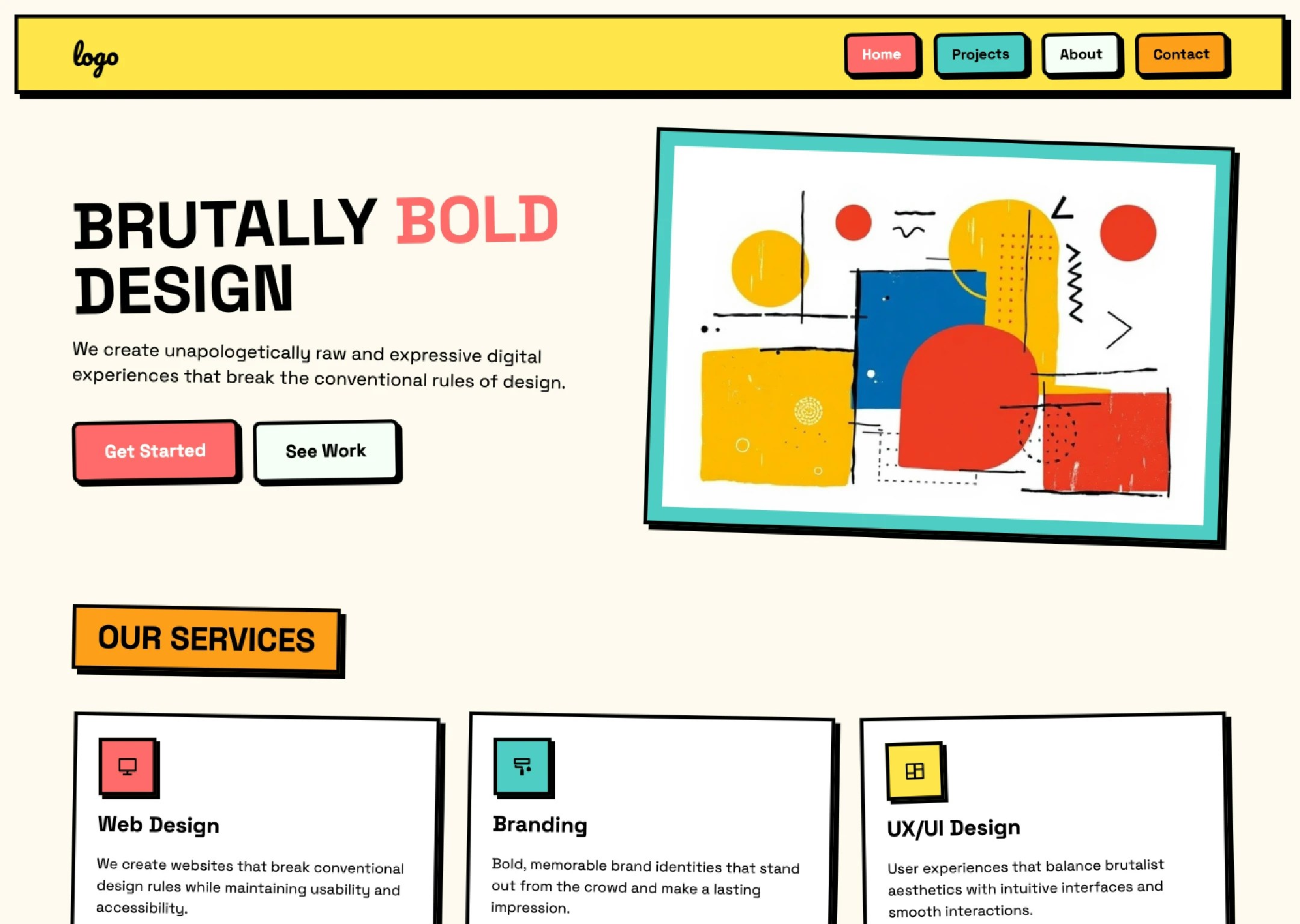
Neobrutalism
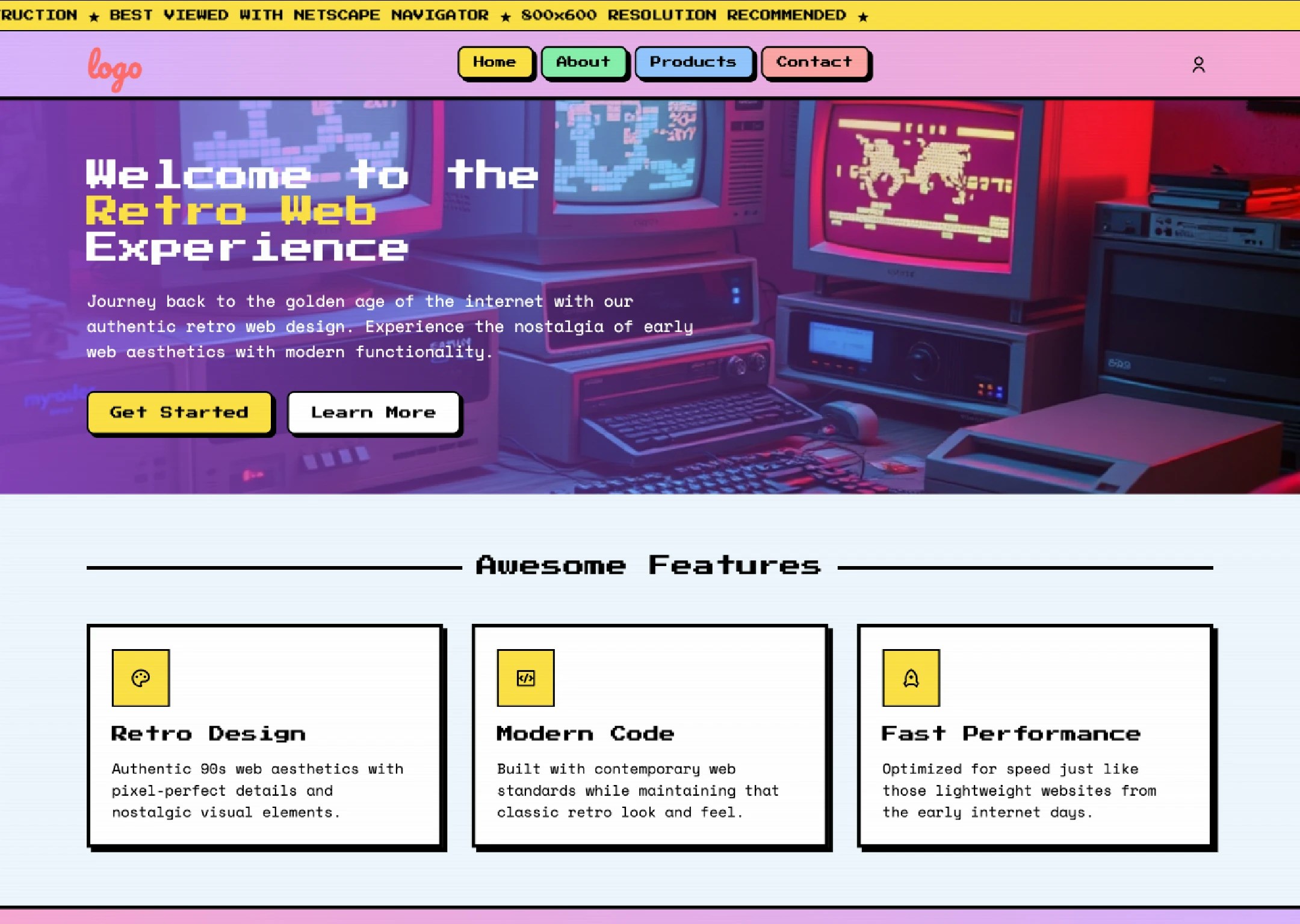
Retro
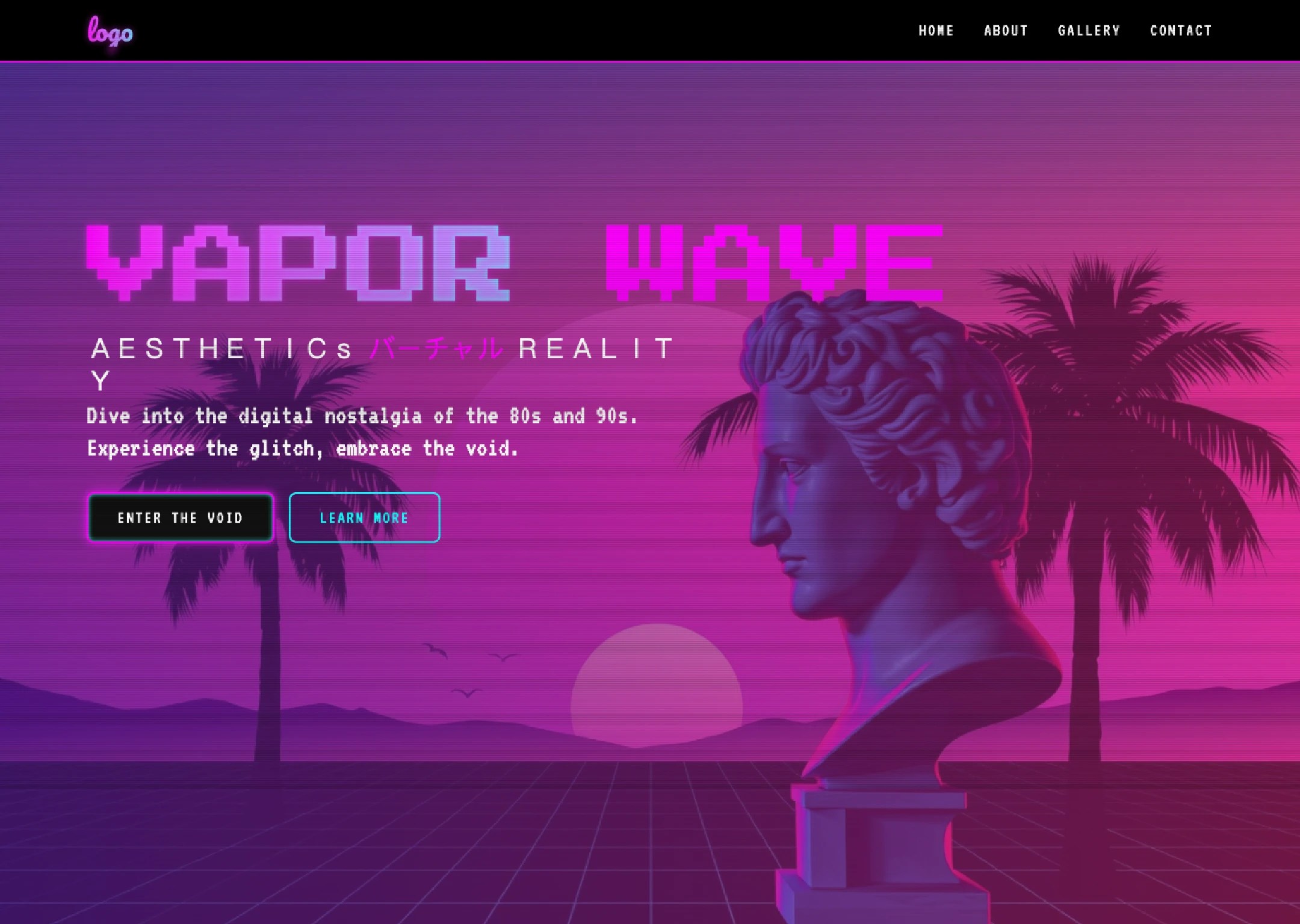
Vaporwave
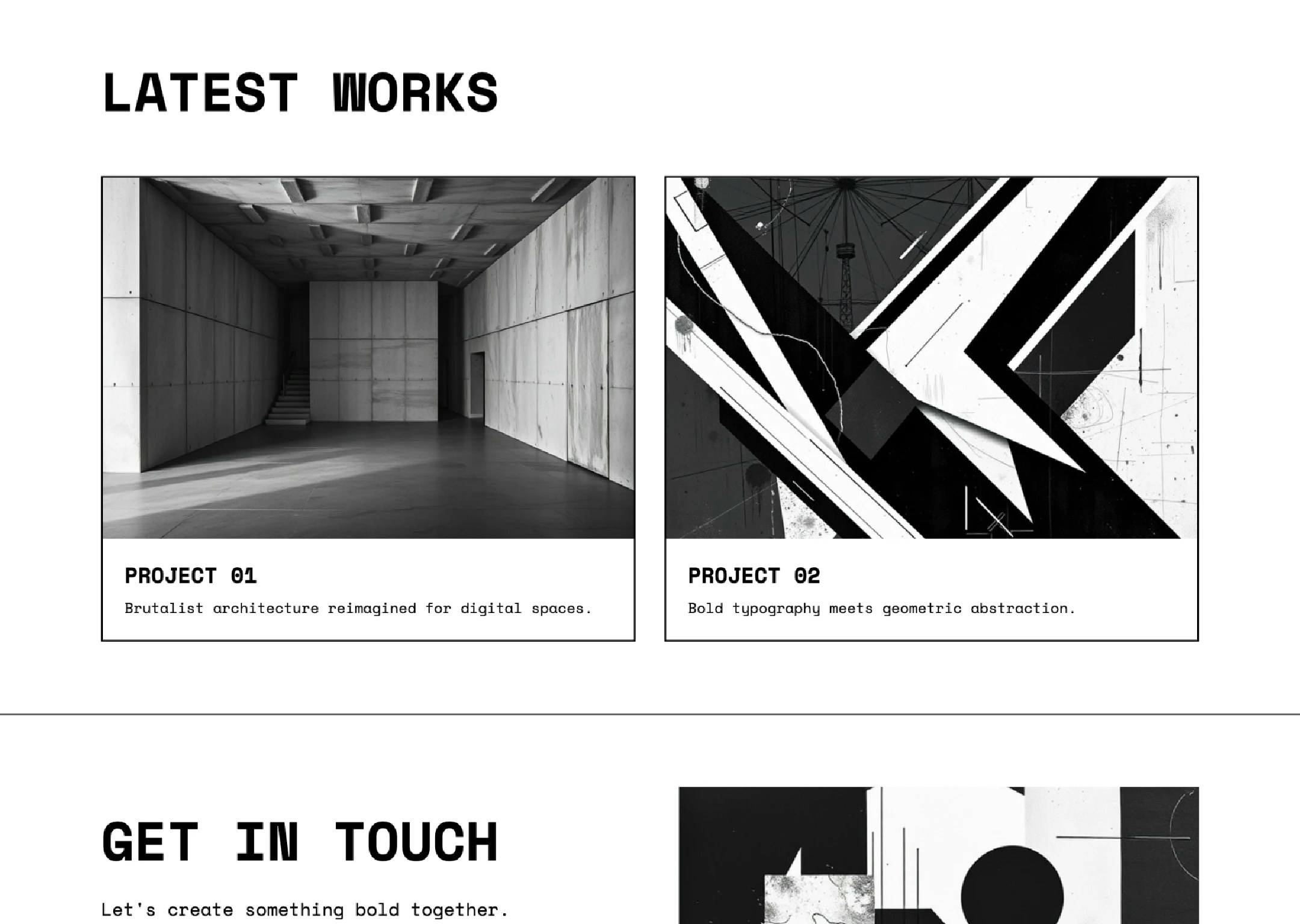
Brutalist
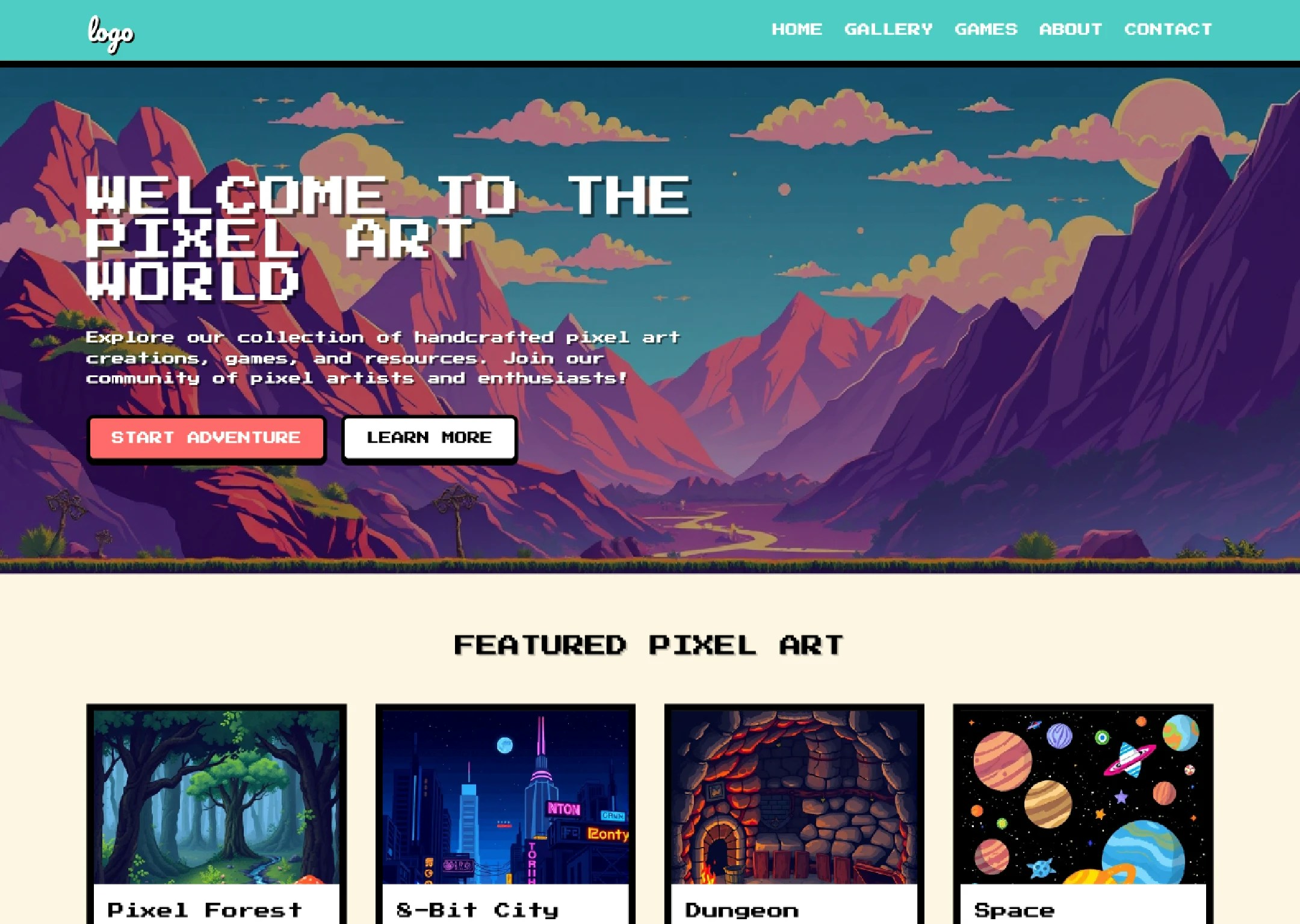
Pixel Art